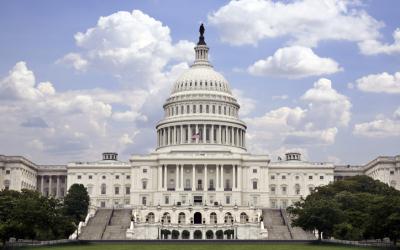Rental Assistance Demonstration Program: Policy Issue
Overview
The Rental Assistance Demonstration (RAD) program was established in 2011 as an affordable housing preservation strategy for public housing authorities (PHAs). The program allows PHAs to covert public housing properties at risk of obsolescence or underfunding into project-based vouchers or rental assistance contracts under the Section 8 program. Once all units are redesignated from public housing (Section 9 of the 1937 Housing Act) to Section 8 housing, housing authorities are able to leverage private capital to address capital needs. This allows housing authorites to work with private sector developers and managers to preserve their affordable housing stock.

NAA Position
Affordable housing is a significant and growing challenge for American families. The demand for affordable housing cannot be met by government programs alone. Partnerships between the public and private sector are critical in addressing this issue. NAA supports this and other creative ways for policymakers to engage the private sector to advance the shared goal of delivering safe, affordable housing.
As an Owner or Operator, How Does this Affect My Business?
RAD enables PHAs to leverage private funding to help preserve and improve public housing. Generally, the RAD program allows PHAs and owners to change the type of housing assistance provided at certain properties by converting said properties into the Project-Based Voucher (PBV) or Project Based Rental Assistance (PBRA) programs. RAD provides owners of public housing and four HUD "legacy" programs (Rental Assistance Payment, Section 202 properties with Project Rental Assistance Contracts, Section 8 Moderate Rehabilitation, and Rental Supplement) with the option to join long-term project based Section 8 contracts that promotes the funding of requisite repairs. This provides increased financing flexibility by allowing the use of other funding sources, such as the Low-Income Housing Tax Credits to maintain and improve existing properties.
The program is composed of two components. RAD Component 1 allows for public housing units to be converted to PBVs or PBRA, and units selected for conversion are chosen by HUD through a competitive selection process as there is a cap on the number of conversions. RAD Component 2 conversions do not have a competitive selection process because it is not capped. There are no separate RAD regulations that govern the process; however, PBV and PBRA program regulations apply after RAD conversion. In addition, the program has resident relocation requirements when planning for and instituting the temporary relocation that results from the RAD Component 1 conversions.
Contact Information
To learn more about this issue, please contact NAA's Government Affairs team.


